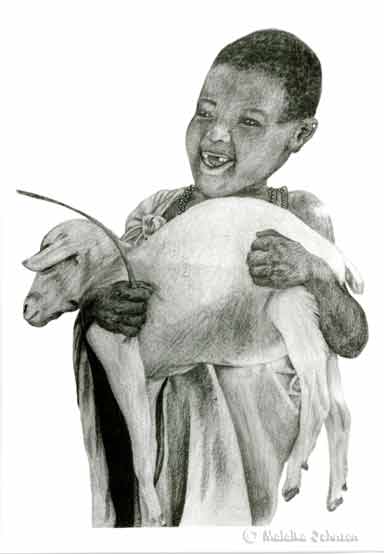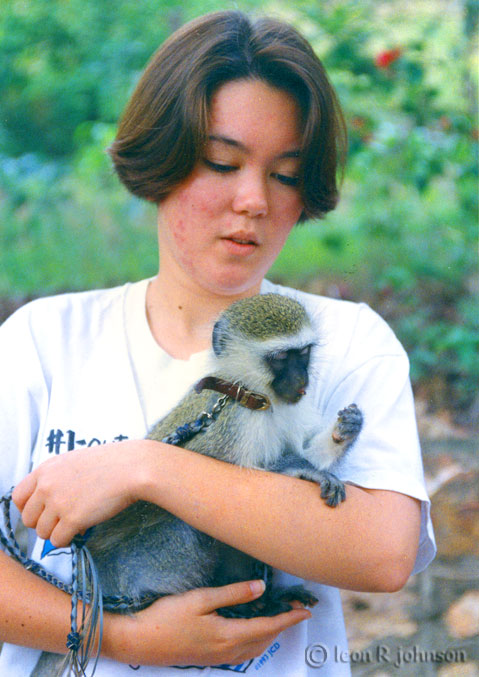If this works out, it'll create great changes. As well as making a dry land arable, there will be tremendous cultural and political upheavals.
Showing posts with label Kenya. Show all posts
Showing posts with label Kenya. Show all posts
11 September 2013
25 April 2013
Malaria cases on rise in Nairobi
When I lived in East Africa, malaria was virtually unheard of in Nairobi. I lived in Arusha, Tanzania and we had no malaria there either due to the altitude. Only during trips to lower areas did we even think about Malaria and the need for prophylactics.
In Zimbabwe, we didn't see malaria in the highveld. We didn't worry about taking prophylactics in Harare or Gweru and only took precautions when traveling to lower altitudes. Just before we left Zimbabwe, there were a few cases being reported in Harare among people who had not traveled to lower regions. Also, the regular weekly dosage of the common anti-malaria drugs were being changed to every 5-6 days as people seemed to be contracting the disease around day 6 or 7 of the course.
In Moçambique, we always worried about malaria since it was at a lower altitude and always hot where we lived, in Nampula and Pemba.
This seems to be a clear indication that global warming is occurring and that it is a life threatening event.
04 October 2012
Banana Leaf Painting
I got this in Nairobi around 1971. I went to an auction preview with a friend and saw it and fell in love. I had to be in a meeting and couldn't attend the auction, so asked my friend to bid on it for me. I could afford a maximum of 35 shillings. At that time a US$ was worth 7 /, so I had $5 to spend. I didn't think I had a chance at such a low offer. To my surprise and delight when I saw my friend after my meeting, he had the painting for me, having secured it for -- 35/! It is called a banana leaf painting although more bark or skin from the trunk of the banana tree is used than leaf material. This is the nicest one I've encountered, so I am especially proud of it.
26 September 2011
18 August 2009
17 May 2009
24 April 2009
04 April 2009
Fort Jesus
Construction of Fort Jesus began in 1593 on Mombasa Island. The Portuguese moved to Mombasa from their trading base at Malindi along with the local ruler of Malindi.
 For almost a century and a half the Portuguese based their activities along the eastern coast of Africa in Fort Jesus.
For almost a century and a half the Portuguese based their activities along the eastern coast of Africa in Fort Jesus.
In March 1696 a fleet from Oman laid siege to Fort Jesus for 33 months.

Fort Jesus came under the rule of Oman.

This ended Portuguese rule north of the Rovuma River.

In 1699, 1703 and 1710 unsuccessful efforts were made by the Portuguese to retake Fort Jesus.

The Portuguese did retake the fort in 1728, but surrendered it again to the Arabs in 1729.

The British came upon the scene in the early 1800's as they began efforts to stop the slave trade.

Mombasa was a British Protectorate for a couple of years and then annexed to the sultanate of Zanzibar.

When the British colonized Kenya, they used the fort as a prison for a while.

In 1958 the fort was declared an historical monument.
 James Kirkman (center above) excavated the fort from 1958-1971.
James Kirkman (center above) excavated the fort from 1958-1971.(He also excavated the ruins at Gedi.)
28 March 2009
Gedi
The ruins of the ancient city of Gedi lie a short distance south of Malindi, Kenya.

Based upon the mosque and Islamic architecture, Gedi was an arab town dating from the 15th century. Some date the habitation of the town as early as the 12th-13th centuries. Archaeological evidence indicates trade with China although it was not an important enough center to be included in accounts of Arab, Swahili or Portuguese historians of the time.
Gedi was abandoned in the 16th century. It is uncertain as to the cause of this abandonment. The Galla, a fierce tribe that moved south from Somalia, occupied the site for a time in the 16th century and they, too, abandoned it.
In 1948 Gedi was made a national park. James Kirkman excavated the site in the 1960's and is one of the foremost authorities on the site.
Malindi Postscript
 Most tourists visiting Malindi concentrate on the beaches or the monument Vasco da Gama built to commemorate his visit to Malindi in 1498. However, the pillar tomb near the Juma Mosque is a mystery that lives on today. It dates from the 15th century and is unlike anything found in other Muslim cemeteries. Some believe that it was built for deceased Portuguese. The significance of the pillar is unknown.
Most tourists visiting Malindi concentrate on the beaches or the monument Vasco da Gama built to commemorate his visit to Malindi in 1498. However, the pillar tomb near the Juma Mosque is a mystery that lives on today. It dates from the 15th century and is unlike anything found in other Muslim cemeteries. Some believe that it was built for deceased Portuguese. The significance of the pillar is unknown.25 October 2008
Kenya Maze
 Here's something from Dover Publications. Get out the colour pencils, make it beautiful and see if you can get to Nairobi. (Click on the picture and print out the larger version for best results.)
Here's something from Dover Publications. Get out the colour pencils, make it beautiful and see if you can get to Nairobi. (Click on the picture and print out the larger version for best results.)03 August 2008
09 March 2008
A Little Art Work
When my daughter, Malaika, was in high school at Rift Valley Academy in Kijabe, Kenya, she began to draw. In the mid-1990's we made note cards of some of her early work. Here is a set of pictures of children she did then.





(Malaika with Curious George, our pet monkey, in Gweru, Zimbabwe.)
I'll try to post some of her later work in the future. Later works tend to be larger and won't fit my scanner.





(Malaika with Curious George, our pet monkey, in Gweru, Zimbabwe.)
I'll try to post some of her later work in the future. Later works tend to be larger and won't fit my scanner.
Subscribe to:
Posts (Atom)











